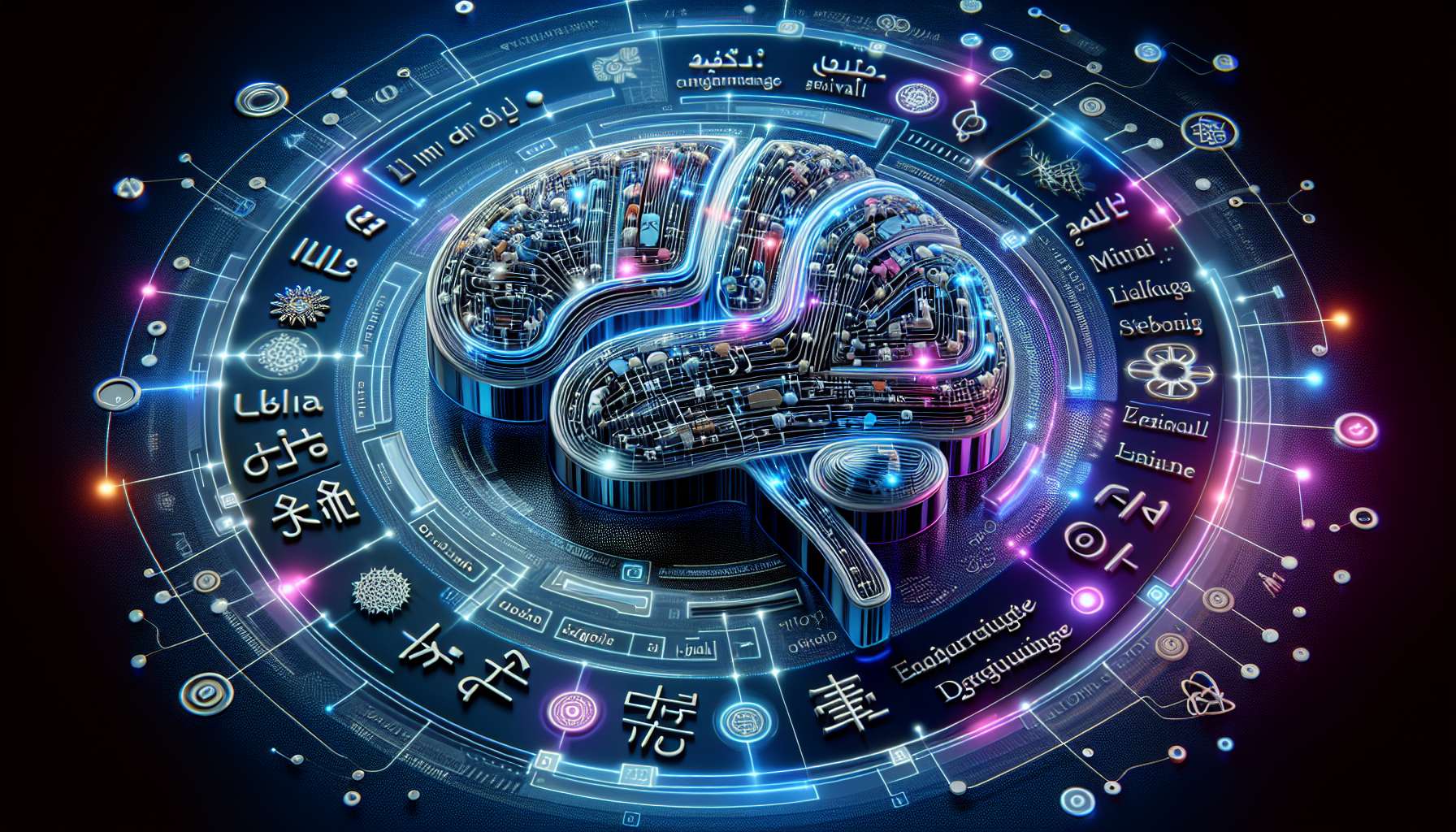Language is a fundamental aspect of human culture and identity. However, many languages around the world are at risk of disappearing as they are no longer spoken by a significant number of people. This phenomenon, known as language extinction, is a pressing issue that threatens to erase valuable cultural heritage and knowledge.
The Role of Artificial Intelligence in Language Revival
Artificial intelligence (AI) has the potential to play a crucial role in the preservation and revival of endangered languages. With the help of AI technologies such as natural language processing and machine learning, researchers and linguists can analyze and document endangered languages more efficiently than ever before.
Language Documentation and Analysis
AI can assist in the documentation of endangered languages by automatically transcribing and translating spoken or written texts. This can help linguists create comprehensive dictionaries and grammar guides, which are essential for language preservation efforts.
- AI technologies can analyze linguistic patterns and structures in endangered languages, providing valuable insights for researchers.
- Machine learning algorithms can be trained to recognize and categorize linguistic features, aiding in the classification of different languages.
Language Revitalization and Education
AI-powered language learning platforms can help revitalize endangered languages by making language learning more accessible and engaging for speakers of all ages. These platforms can offer interactive lessons, language games, and personalized feedback to support language learners in their journey towards fluency.
- AI tutors can provide individualized learning experiences based on the learner’s proficiency level and learning style.
- Virtual reality simulations can create immersive language learning environments, allowing users to practice their language skills in realistic scenarios.
The Ethical Considerations of AI in Language Revival
While AI offers promising solutions for language revival, there are ethical considerations that must be taken into account. It is essential to involve native speakers and local communities in the development and implementation of AI technologies for language preservation to ensure cultural sensitivity and authenticity.
Furthermore, the use of AI in language revival should not replace human interaction and community-based efforts to preserve endangered languages. AI should be seen as a tool to support and enhance existing language revitalization initiatives, rather than a substitute for human involvement.
In conclusion, AI has the potential to be a powerful ally in the preservation and revival of endangered languages. By leveraging AI technologies responsibly and ethically, we can work towards safeguarding linguistic diversity and cultural heritage for future generations.








